- News
-
-
-
-
-
Latest News Articles
- WSB: Study tests accuracy of thermal drone surveys April 26, 2024
- Computer model explores Tribal use of fire for ecosystem health April 26, 2024
- 2024 TWS Elections: Southwest Representative April 25, 2024
-
-
-
- Wildlife Professional Resources
-
- Our Network
-
- PUBLICATIONS
-
-
Recent Posts
-
 The Wildlife Professional November/December Issue
November 1, 2023
The Wildlife Professional November/December Issue
November 1, 2023
-
-
-
-
-
-
- Wildlife Events
-
-
-
Upcoming Webinars
- No Events
-
-
-
- Who We Are
-
Month: April 2019
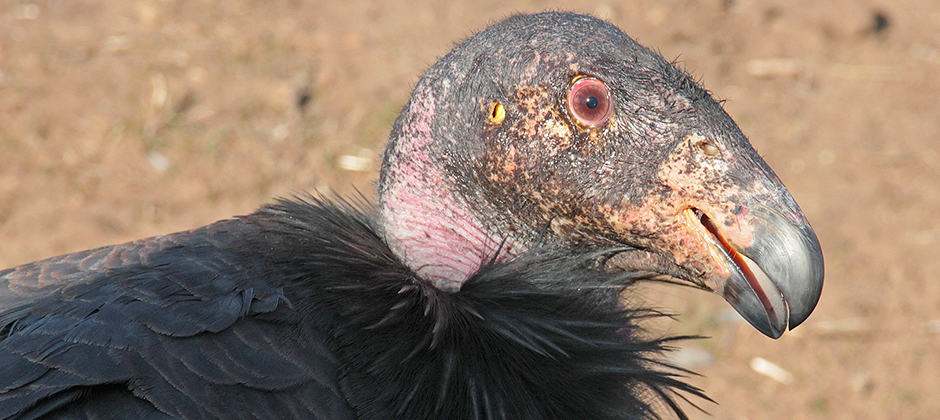
April 17, 2019
California condors to be reintroduced in Pacific Northwest
California condors (Gymnogyps californianus), which were first listed as endangered in 1967, under the precursor to the Endangered Species Act, are slated to be reintroduced for the first time in...
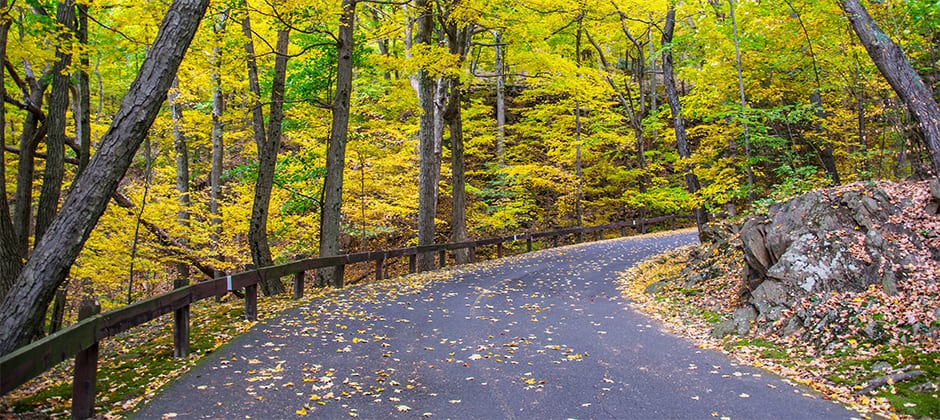
April 16, 2019
Northeast Section to hold trapping matters workshop
The Northeast Section of The Wildlife Society will host a trapping matters workshop May 31 in Hadley, Massachusetts. The workshop will help participants understand and better communicate the benefits of regulated...
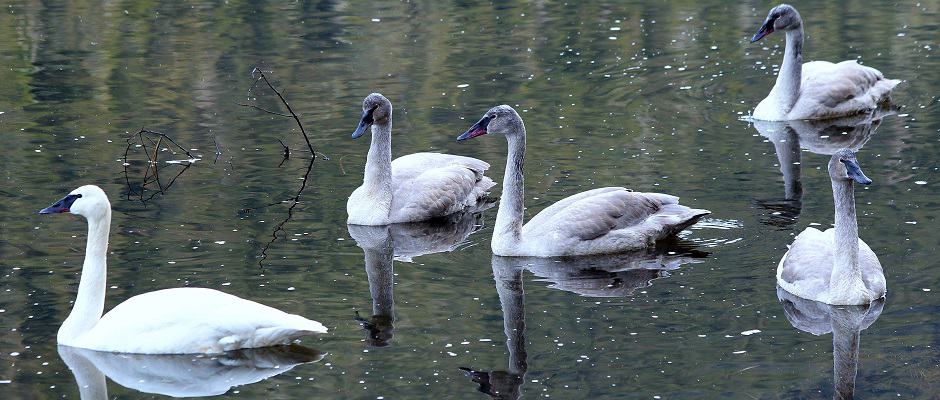
April 16, 2019
Trumpeter swans have their encore
Trumpeter swans (Cygnus buccinator) had been wiped out in the wild in much of their range, but efforts to restore the birds to Ontario and parts of the United States...
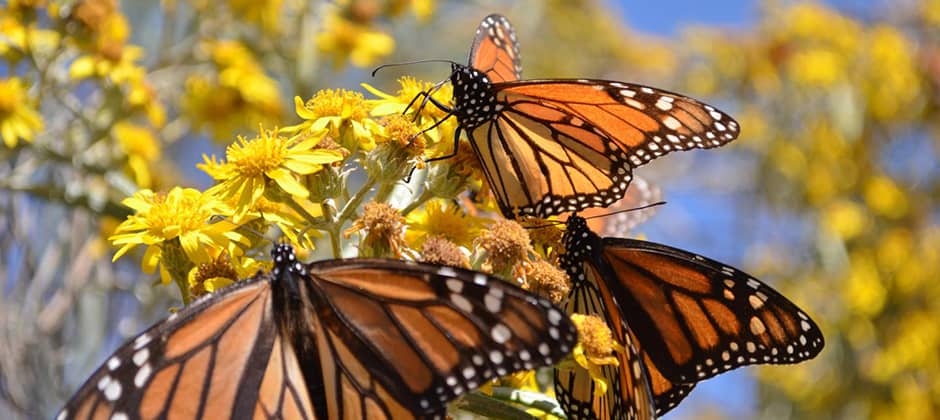
April 16, 2019
Mowing for monarchs
It may seem like taking a weed wacker to perennial grasslands where monarch butterflies (Danaus plexippus) feed on their only food source, milkweed, is not the best idea. But researchers...
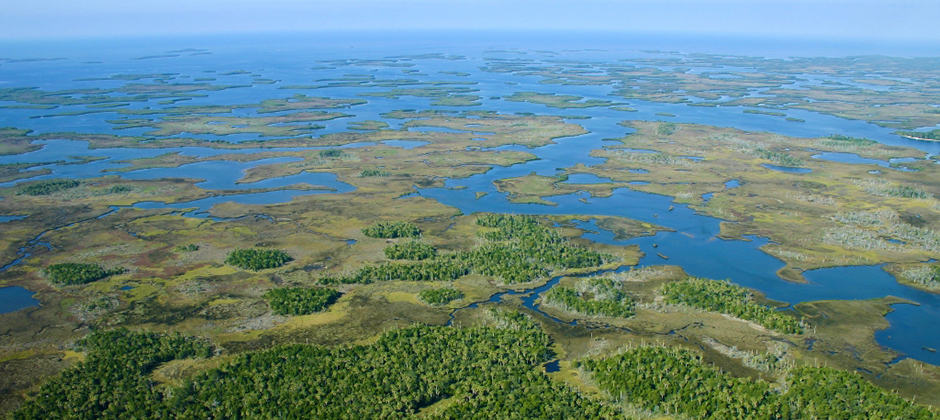
April 15, 2019
Researchers find ‘tipping points’ in salt marsh survival
Marshes are as particular as goldilocks, Duke University researcher Anna E. Braswell says. If they never get flooded, they’ll turn into uplands. But if they get flooded too much, they’ll...
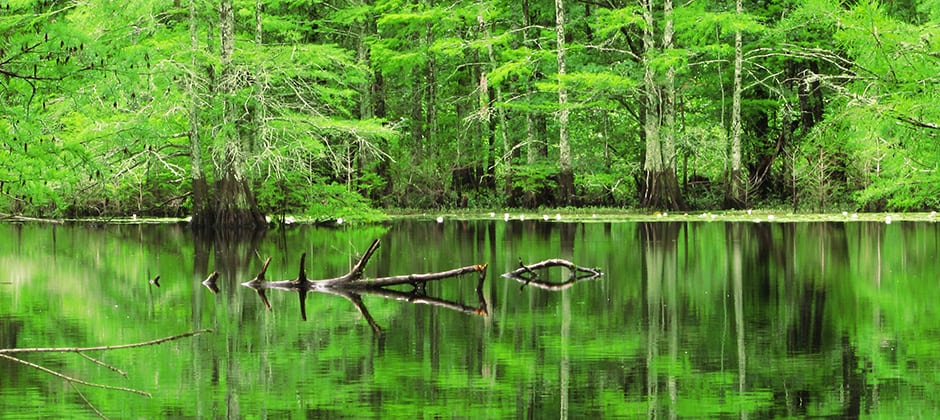
April 15, 2019
TWS member receives top honor from Mississippi State
Steve Demarais, a longtime TWS member and a TWS Fellow, was awarded Mississippi State’s highest honor, the Ralph E. Powe Research Excellence Award. Demarais is a Dale Arner Distinguished Professor...
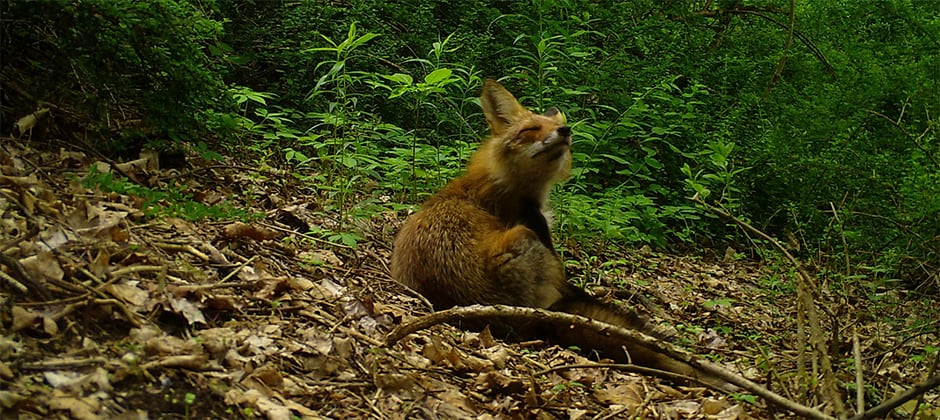
April 15, 2019
Canid Camera focuses on fostering young forests
Young forests help sustain an abundance of wildlife across the Northeast, and they can be more resilient to threats. But cutting down trees to let new ones grow can be...

April 12, 2019
Is every year ‘the year of the bird?’
If you follow the lunar new year, the year of the pig has recently begun. But should it really be the year of the bird? OK, the National Geographic Society...
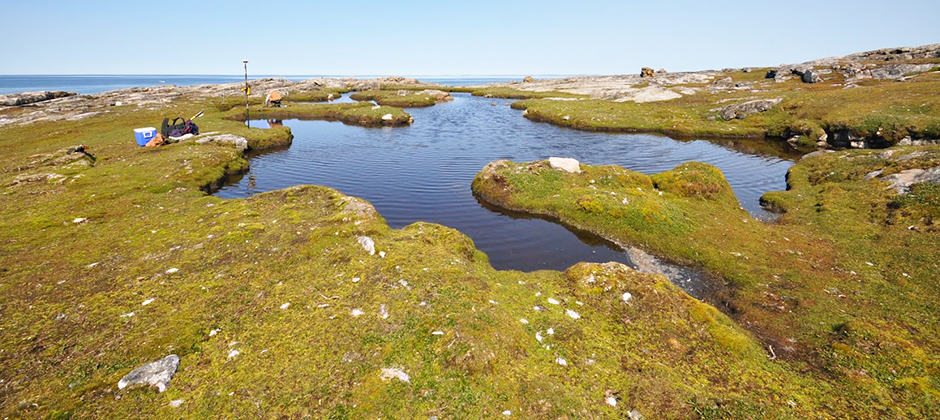
April 12, 2019
Lake core samples reveal impact of overhunting on seaducks
Decades of sediment built up deep under Arctic ponds can reveal the size of past seabird populations and how harvesting has impacted their numbers over the decades. “We can track...
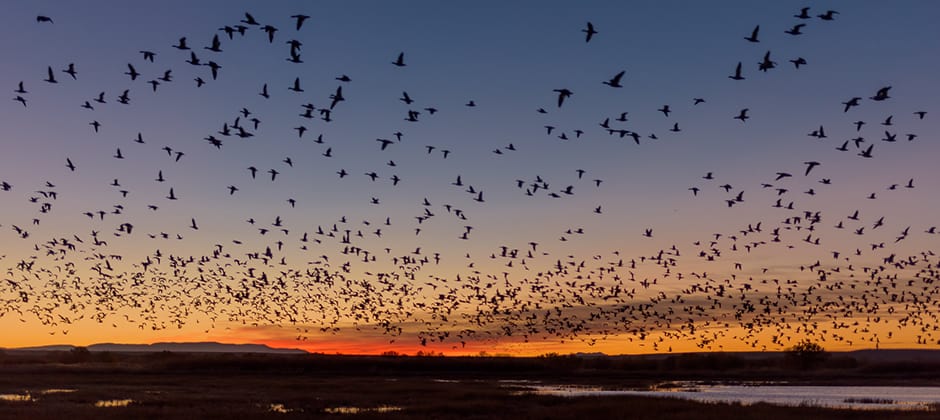
April 12, 2019
Watch: Drone, it’s a duck!
Follow scientists with the U.S. fish and Wildlife Service and the University of New Mexico’s Geography and Environmental Studies, as they use unmanned aerial systems at Bosque del Apache National...

